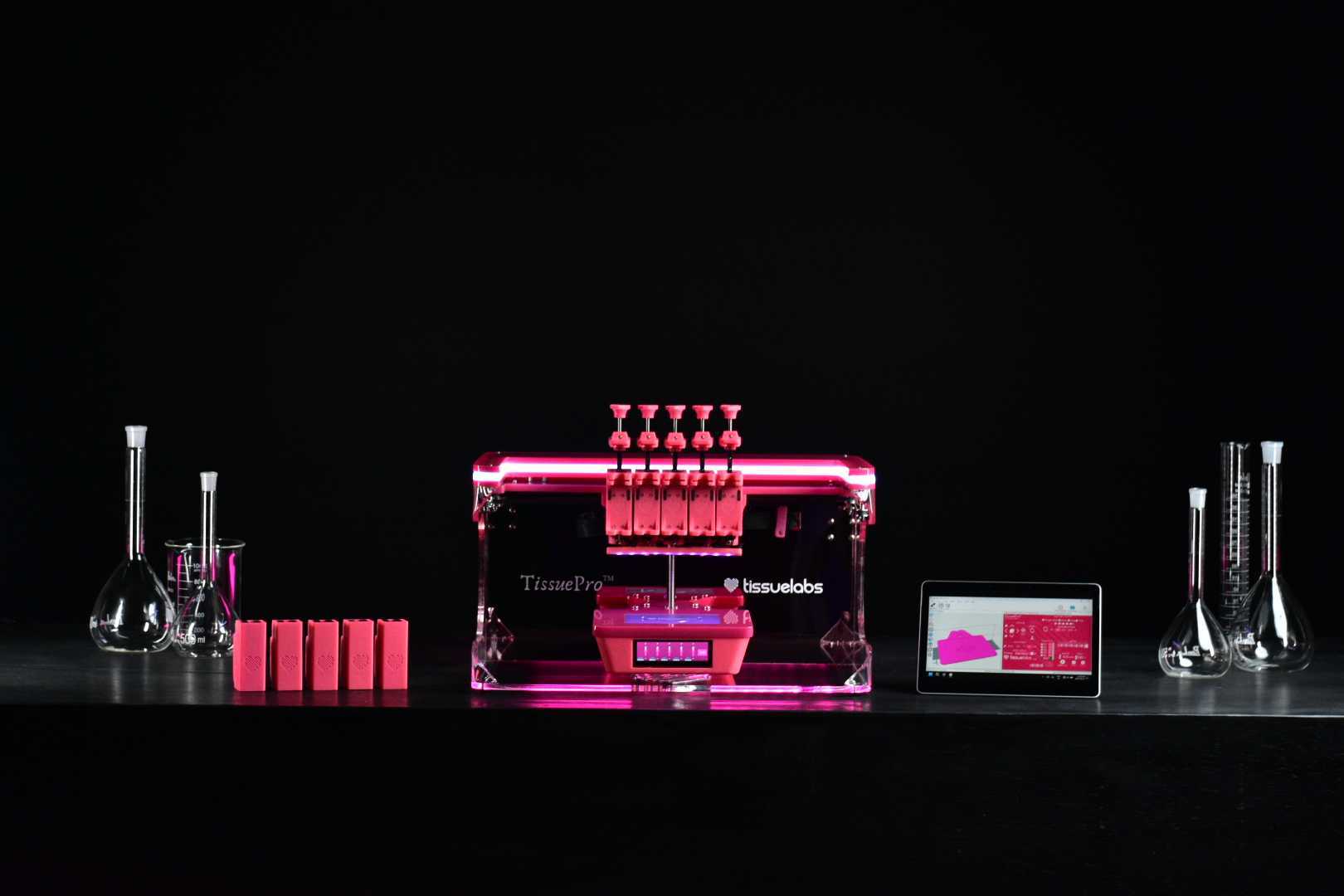Turning tough plant materials into usable fuel has long been one of the biggest challenges in renewable energy. At the center of this effort is cellulose, Earth’s most abundant renewable polymer. Despite being made entirely of glucose, its tightly packed crystalline structure—combined with lignin and hemicellulose—makes it extremely difficult to break down. Nature accomplishes this only slowly, and with the help of complex enzyme systems.
Now, scientists at the Brazilian Center for Research in Energy and Materials (CNPEM), along with collaborators in Brazil and abroad, have discovered a powerful new enzyme that can unlock cellulose more efficiently than ever before. Known as CelOCE (cellulose oxidative cleaving enzyme), this metalloenzyme could dramatically enhance the production of second-generation ethanol, a clean fuel made from agricultural waste such as sugarcane bagasse and corn straw. The research was recently published in Nature.
Continue reading… “Breakthrough Enzyme Could Revolutionize Biofuel Production from Plant Waste”












